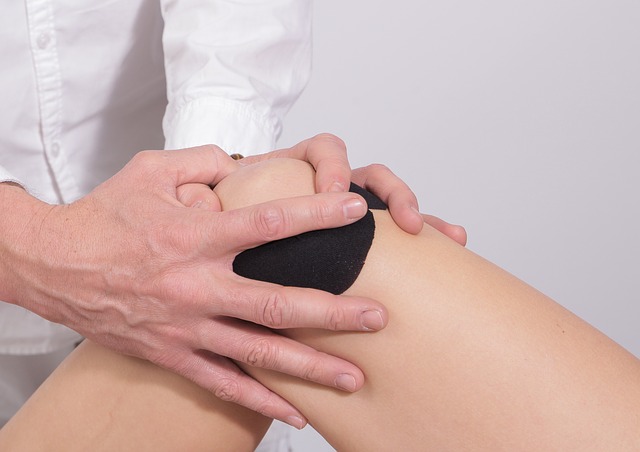Back pain is one of the most common reasons that people visit the doctor. It can range from a dull ache to a sharp pain that spreads from your lower back to your legs and can even radiate down your arms. The good news is that most back pain is easily treatable, usually with a combination of rest, medications, and exercise. So, here are some ways you can ease and get rid of back pain.
1. Physiotherapy
Physiotherapy is one of the most effective ways to treat back pain. A physiotherapist like the ones at Performax health group will work with you to identify the source of your pain, and then use a combination of exercises, stretches, and light massage to help you recover. If you’re suffering from acute back pain, a physiotherapist will typically recommend rest and pain-relief medications in the first few sessions. But as your pain begins to subside, your physiotherapist will work with you to develop a pain-free routine and a rehabilitation plan that will help you regain your mobility and your life. You can use any service you think would work for you. By implementing a home exercise and recovery plan, you’ll become more mobile, stronger, and more confident.
2. Back Strengthening Exercises
Strengthening your back can also help you recover from back pain. It’s important to start slowly and build up your strength gradually, as this will help to avoid pain and injury. Your physiotherapist will help you identify the correct exercises for your back, and will provide you with a personalized workout plan to help you build up your strength. These exercises will help to maintain your back’s health, so you’ll be able to avoid back pain in the future. Strengthening your core muscles can also help relieve low-back pain. Your core consists of your spinal muscles, along with the muscles of your abdominal wall, pelvis, and lower back. Strengthening your core will help you maintain good posture and keep your spine in alignment, which will reduce strain on your back. Good exercises for the core include abdominal crunches, leg raises, and planks.
3. Stretching Exercises
Many people hold tight tension in their muscles, which can lead to pain and stiffness. Stretching is a great way to release tension in your muscles and ease pain and stiffness. Your physiotherapist will help you identify the correct stretches for your back, and will provide you with a home exercise and recovery plan to help you ease your tension and reduce pain and stiffness. Stretching can be performed throughout the day, which will help to maintain your flexibility and mobility. When stretching, you should aim to relax your muscles and feel the stretch. You should be able to hold the stretch for 10 to 15 seconds. Stretching can be done at home or in a physiotherapist’s office. Many people also use a heating pad, water bottle, or exercise band to help relax muscles and increase circulation.

4. Heat Therapy
Heat therapy can be used to treat pain and stiffness in your back and to reduce inflammation and swelling. A physiotherapist will use a range of heat techniques, including hot or cold packs, to help relieve your pain and restore mobility. Heat therapy can also be used to accelerate the recovery process. Your physiotherapist will work with you to identify the correct heat technique to help relieve your pain and stiffness. Heat therapy is a safe and effective way to ease pain and stiffness in your back. You will be able to find a physiotherapist to perform back heat therapy, or your own heat pack. Heat packs can be used in the morning, noon, or evening. Your heat pack should be placed on your back between your shoulder blades and in the center of your back.
5. Pain Prevention
Back pain is one of the most common causes of pain and disability in adults. Prevention is a great way to avoid back pain in the future. If you develop back pain, you should tell your physiotherapist about it straight away. Your physiotherapist will work with you to identify the source of your pain and will provide you with a home exercise and recovery plan. By preventing back pain, you can avoid spending time and money on expensive treatment, and you’ll be able to enjoy a more active and functional lifestyle. It also helps you avoid developing physical disability and helps you maintain your mobility and independence.
As we saw, healthy habits that will help you get rid of back pain can be achieved through regular exercise and stretching. Your back muscles, along with your abdominal core, help keep your spine in alignment, which makes your back strong and flexible and reduces your risk of back pain. So, if you are looking to get rid of back pain in the future, start with these healthy habits today.


